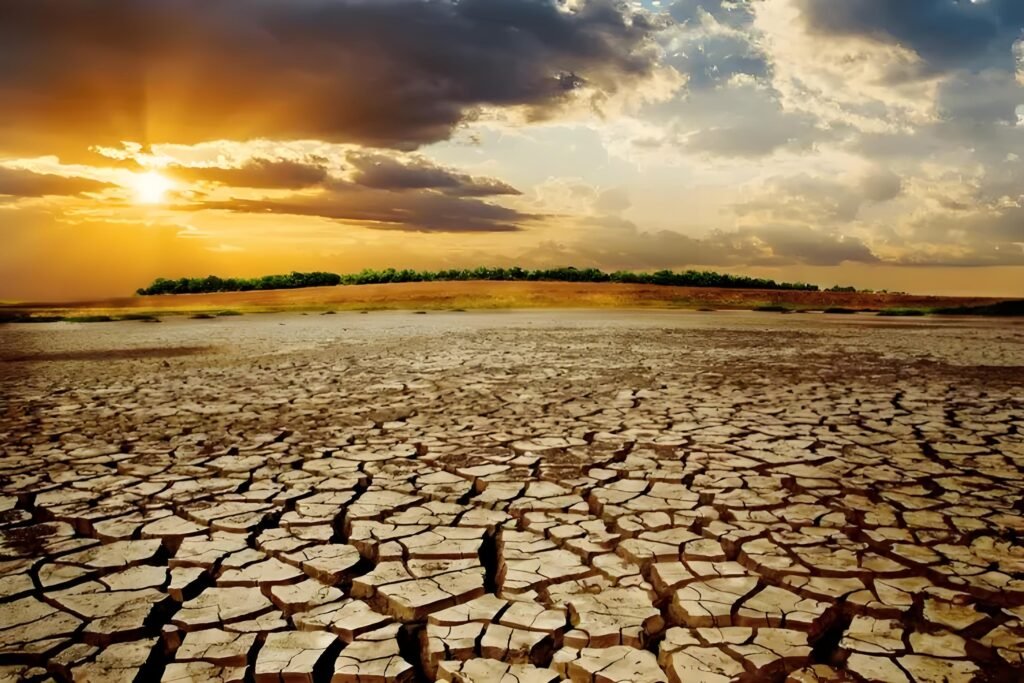In the grand tapestry of Earth’s history, humanity’s impact on the environment has been nothing short of remarkable. From the Industrial Revolution’s smoke-belching factories to the modern era’s sprawling urban landscapes, our advancements have come at a steep cost to the planet’s climate. Climate change, a multifaceted phenomenon driven by a combination of natural and anthropogenic factors, stands as one of the most pressing challenges of our time. It transcends borders, affects every corner of the globe, and demands an unprecedented level of global cooperation and innovative thinking.

The Unfolding Crisis: Understanding Climate Change
At its core, climate change refers to long-term alterations in the Earth’s climate system, primarily attributed to the enhanced greenhouse effect. Greenhouse gases, such as carbon dioxide (CO2), methane (CH4), and nitrous oxide (N2O), trap heat in the atmosphere, leading to a gradual rise in global temperatures. This phenomenon, known as global warming, sets off a cascade of environmental disruptions, including melting ice caps, rising sea levels, altered precipitation patterns, and increased frequency of extreme weather events.
The Intergovernmental Panel on Climate Change (IPCC), a body of leading scientists from around the world, has sounded repeated alarms about the severity of climate change. Their reports outline a stark future if current trends continue: widespread species extinction, disrupted food systems, water scarcity, and heightened socio-economic vulnerabilities, especially for marginalized communities.
The Fingerprints of Human Activity
While natural processes, like volcanic eruptions and solar radiation variations, contribute to climate variability, the overwhelming evidence points to human activities as the primary driver of recent climate change. The burning of fossil fuels for energy, deforestation, industrial emissions, and agricultural practices have collectively increased atmospheric concentrations of greenhouse gases to levels unprecedented in human history.
The transportation sector, responsible for nearly one-quarter of global CO2 emissions, stands out as a significant culprit. The relentless growth of car ownership, air travel, and shipping industries has fueled this trend. Similarly, the energy sector, dominated by coal, oil, and natural gas, accounts for another large chunk of emissions. Deforestation, often driven by agriculture expansion and urbanization, exacerbates the problem by reducing the planet’s capacity to absorb CO2.
The Impact on Ecosystems and Societies
The repercussions of climate change are far-reaching and devastating. Coral reefs, often referred to as the “rainforests of the sea,” are bleaching and dying due to ocean acidification and rising temperatures. Polar ice caps are melting, threatening polar bear populations and contributing to sea-level rise that could displace millions living in coastal areas.
Agricultural productivity is also at risk. Changing weather patterns disrupt planting seasons, increase the incidence of pests and diseases, and alter crop yields. This not only poses a threat to global food security but also exacerbates rural poverty and migration crises.
Urban areas, particularly megacities in developing countries, are particularly vulnerable. With limited infrastructure to manage extreme weather events, cities face heightened risks from floods, heatwaves, and hurricanes. The urban heat island effect, exacerbated by concrete jungles and lack of green spaces, makes matters worse.
The Road to Sustainable Solutions
Addressing climate change necessitates a multifaceted approach that integrates mitigation, adaptation, and sustainable development. Here are some key strategies that can pave the way forward:
- Transition to Renewable Energy: Shifting from fossil fuels to renewable sources like wind, solar, and hydroelectric power is crucial. Governments must incentivize clean energy investments, implement carbon pricing mechanisms, and phase out coal-fired power plants.
- Enhancing Energy Efficiency: Improving energy efficiency across sectors through advanced technologies and practices can significantly reduce emissions. Smart grids, energy-efficient appliances, and green buildings are integral components of this strategy.
- Promoting Sustainable Transportation: Developing public transit systems, encouraging active transportation (cycling, walking), and investing in electric vehicles and hydrogen fuel cells can revolutionize the transportation sector.
- Protecting and Restoring Forests: Forests are nature’s carbon sinks. Conserving existing forests, reforestation, and agroforestry practices can enhance carbon sequestration and biodiversity.
- Climate-Resilient Agriculture: Developing climate-smart agricultural practices, such as crop diversification, precision farming, and water-saving irrigation systems, can buffer against climate impacts and ensure food security.
- Global Cooperation and Finance: Climate change is a global challenge requiring collective action. International agreements like the Paris Agreement set the framework for countries to commit to emissions reductions and provide financial support to vulnerable nations. Public-private partnerships and innovative financing mechanisms, such as green bonds, can mobilize the necessary capital.
- Raising Public Awareness and Engagement: Education and awareness campaigns can empower citizens to make informed choices, adopt green lifestyles, and pressure governments and businesses to act. Social movements, like the Fridays for Future protests, demonstrate the power of youth-led activism.
A Future Worth Fighting For
The battle against climate change is not merely an environmental imperative but a moral obligation. It is about ensuring a livable planet for future generations, preserving biodiversity, and fostering equitable development. While the scale of the challenge may seem daunting, history has shown that humanity is capable of remarkable achievements when faced with a common threat.
Collective action, driven by science, innovation, and a sense of urgency, can steer us towards a sustainable future. It is time for governments, businesses, and individuals to rise to the occasion, leaving behind short-sighted interests and embracing a shared vision of resilience and prosperity. Climate change is a call to action, a reminder that our actions today shape the legacy we leave for tomorrow.










































